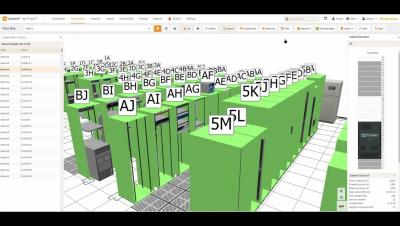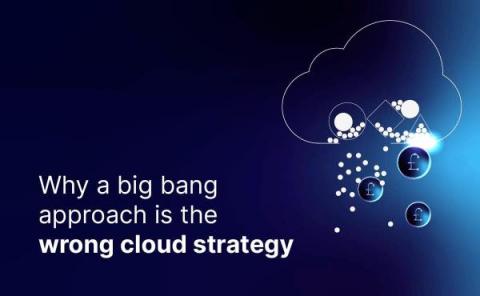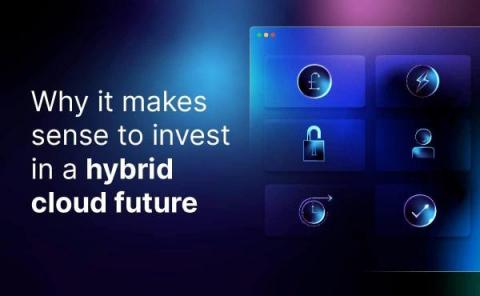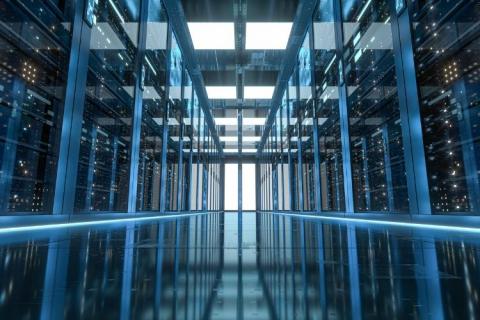Operations | Monitoring | ITSM | DevOps | Cloud
Data Centers
Hyperview DCIM 3.7 Software Release
What to Look for in a Colocation Data Center
As the costs of managing and maintaining owner-operated data centers rise, enterprises are reconsidering their infrastructure and attempting to minimize on-premises data center space. Colocation data center providers are an attractive and cost-effective solution, offering physical space as well as power, cooling, network, and security services for their customers.
How to Measure Data Center Sustainability
Sustainability is one of the biggest, if not the biggest, topic in the data center industry today. A sustainable data center is a facility that can maintain operations at a high level of efficiency over time. It is important for data centers to be as sustainable as possible because they use a lot of resources which makes reducing their environmental impact and carbon footprint top priorities. It is also important because these facilities need to comply with corporate sustainability initiatives.
Why a big bang approach is the wrong cloud strategy
Despite all the hype from the big cloud providers the truth is that most organisations rely on hybrid infrastructures now and will do so for the foreseeable future. Typically, this includes on-premises infrastructure and at least two public cloud providers. This is not a step on a journey to being 100 per cent cloud, it is the strategic destination many have chosen.
Why it makes sense to invest in a hybrid cloud future
A cloud-first strategy is increasingly seen as the standard way to achieve efficient business operations. As the favoured approach of new start-ups and expanding businesses wanting to benefit from the flexibility and resilience of the cloud, it’s little wonder that foundational cloud services saw a revenue growth of 38.5% in 2021 according to IDC. It looks like a fantastic package from the outside.
Technical debt does not disappear
Cloud is currently seen by some of the clients I speak with, as the answer to associated technical debt. Technical debt is like any other debt – growing year-on-year, month-by-month. Simply relocating a workload from your dated compute stack to someone else’s system or service is not a panacea to every business-led postponement.
Cloud vs Data Center: Overview for Businesses
The debate of cloud vs data center looms large for businesses when determining how to best store data. In past years, the trend has leaned more toward the growth of remote solutions using the cloud. Yet, data centers are still relevant. Gartner states that spending on data center infrastructure is expected to grow 6% by the end of 2021. Cloud storage and data centers both possess unique features that allow you to achieve your organization’s data goals.
Why Hyperscale Data Centres Are Becoming More Important for Your Business
How to Manage Your Data Center During a Heatwave
The recent heatwave that brought record temperatures to the UK caused cooling systems to fail at a London data center resulting in downtime for Google and Oracle. According to Oracle, “Following unseasonably high temperatures in the UK south (London) region, two cooler units in the data centre experienced a failure when they were required to operate above their design limits.









